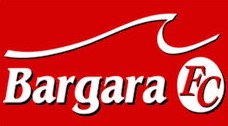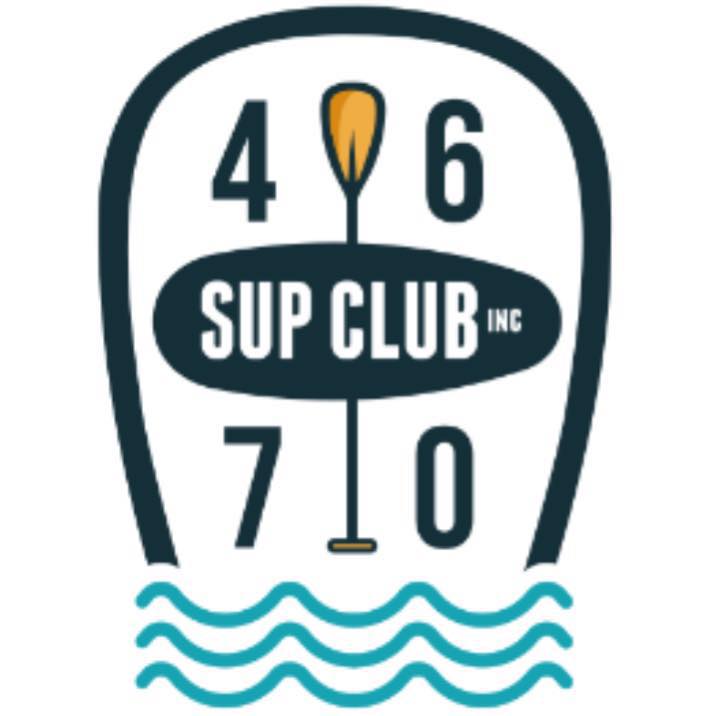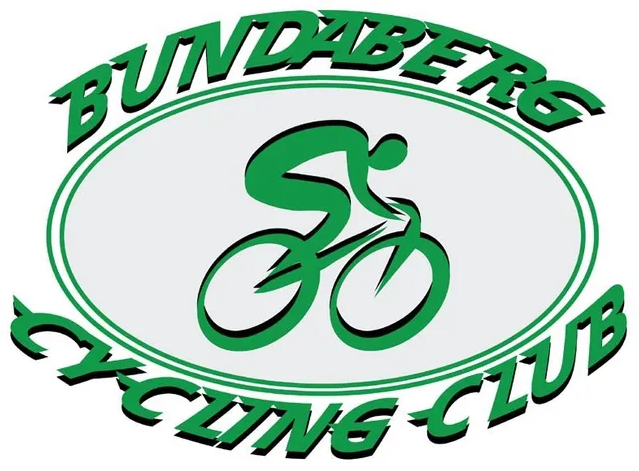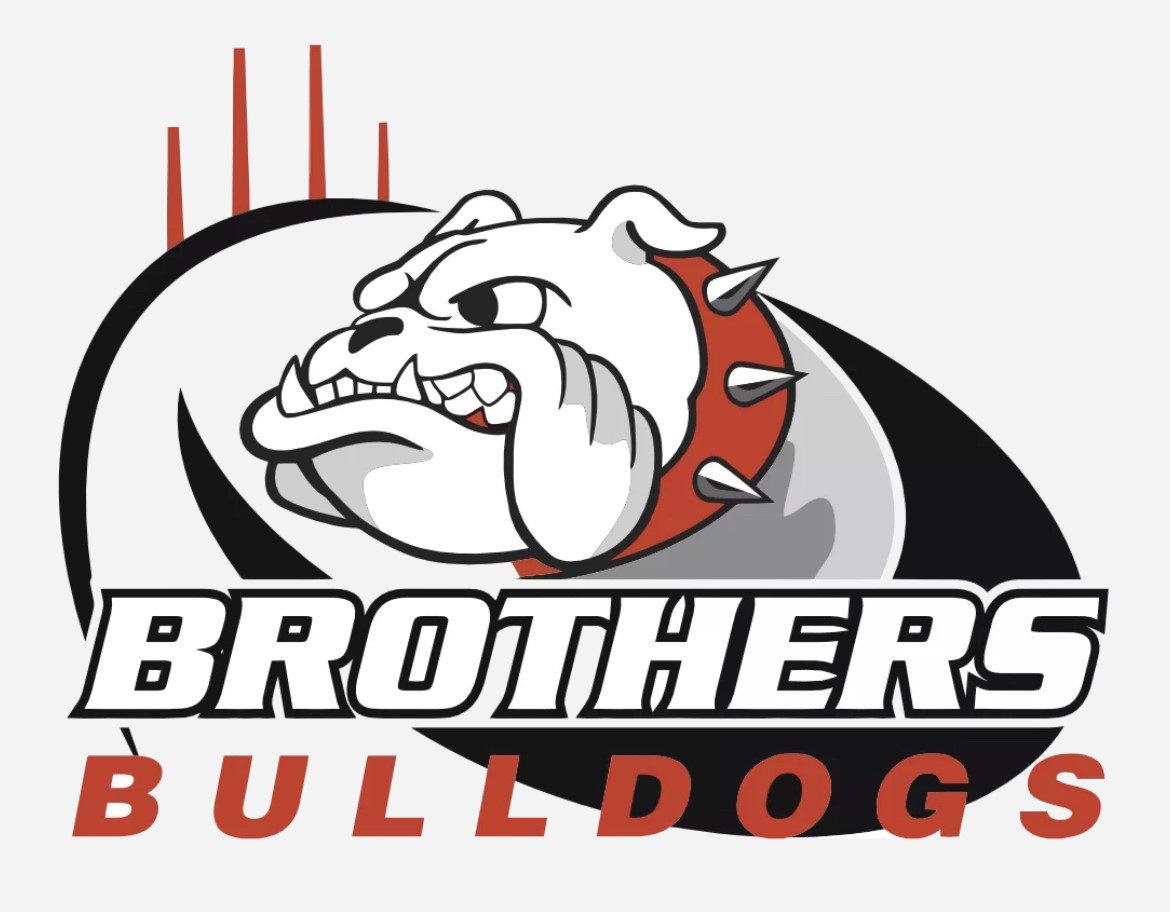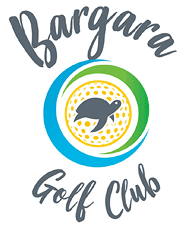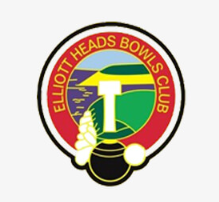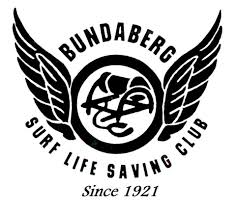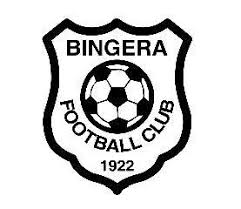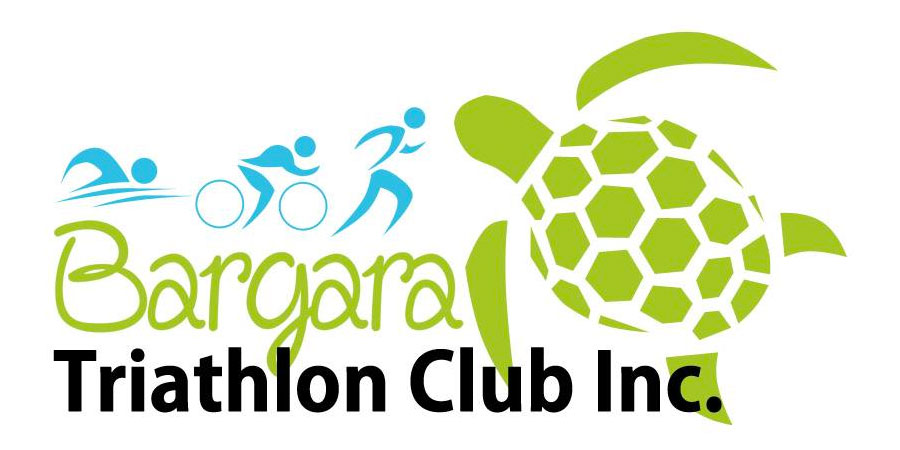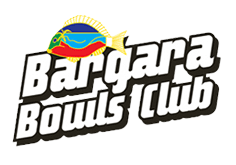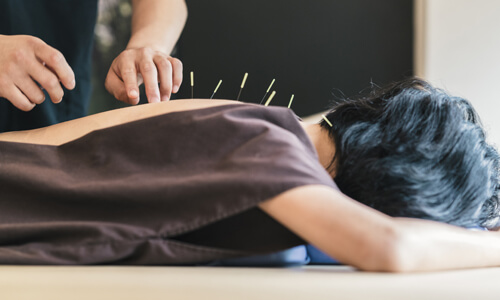
When appropriately stimulated, the nervous system’s natural response is to begin a chain of reactions to aid healing. Augmenting the nervous system response to focused stimulus is the goal of dry needling technique. Neurochemicals, such as Endorphins and Corticosteroids, are released; the immune system brings white blood cells to the injured area, and red blood cells carrying oxygen and nutrients run to the site (inflammatory response). Dry needling relaxes contracted muscles. Since the presence of the needle in a tense muscle may be painful, the nervous system sends the appropriate feedback to the muscle to inhibit or stop its spasm. This spasm is often the cause of the pain or dysfunction experienced by the patient. So by achieving an inhibition or ceasing of spasm, dry needling can take away the cause of pain and dysfunction.
What is Dry Needling?
Dry needling is an invasive procedure in which a thin filament needle is inserted into the skin and muscle directly at a myofascial trigger point. A myofascial trigger point is a focus of small muscle fibre contraction knots, which are related to the production and maintenance of the pain cycle. They often occur as a result of neuromuscular dysfunction and in areas of musculoskeletal stress.
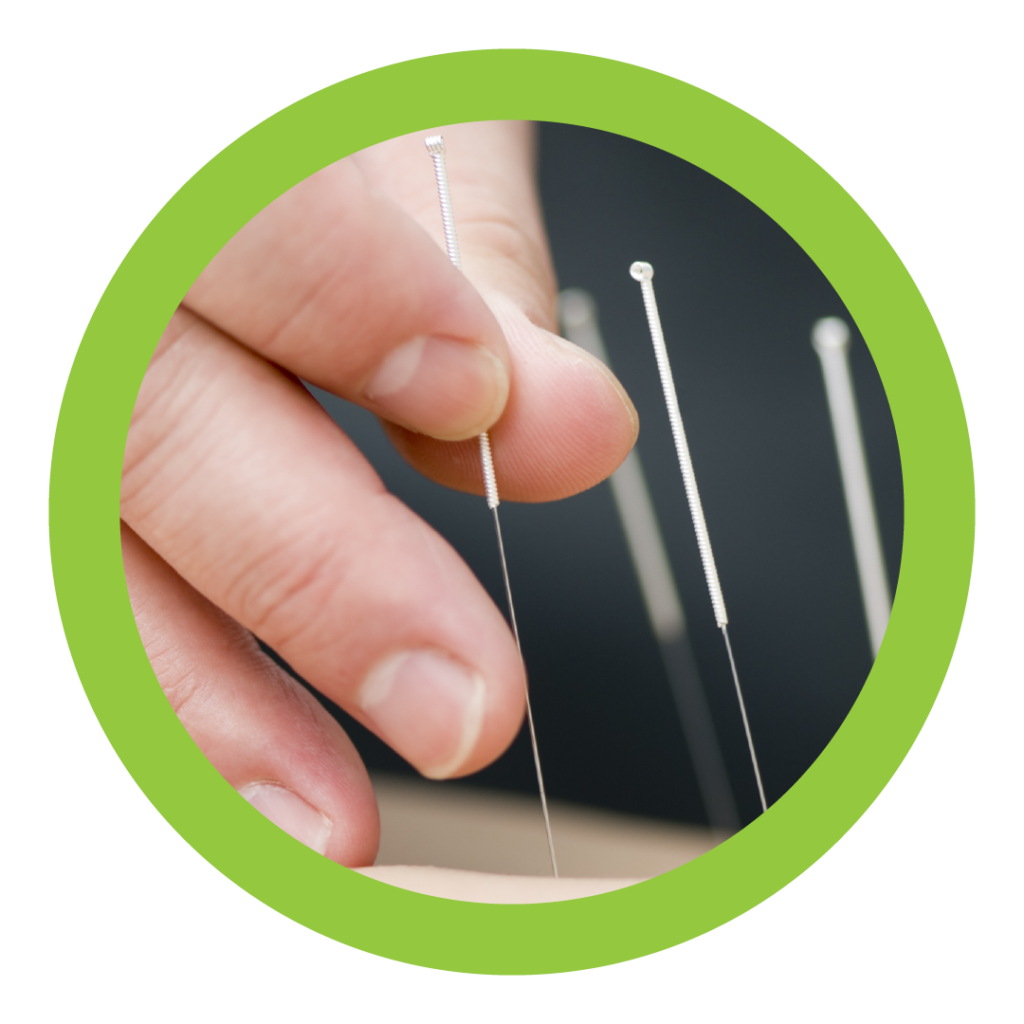
Is Dry Needling similar to Acupuncture?
There are many similarities and differences between dry needling and acupuncture. Physiotherapists at City Physiotherapy & Sports Injury Centre are not acupuncturists and do not practice acupuncture. In contrast to most schools of acupuncture, dry needling is strictly based on Western medicine principles and research and it is increasingly used in the management of musculoskeletal and sports injuries.
What type of problems can be treated with Dry Needling?
Dry needling can be used for a variety of musculoskeletal problems. Neuromuscular dysfunction and imbalances are thought to be a primary contributing factor to the symptoms. Such conditions include, but are not limited to neck, back and shoulder pain, arm pain (tennis elbow, carpal tunnel, golfer’s elbow), headache to include migraines and tension-type headaches, jaw pain, buttock pain and leg pain (sciatica, hamstrings strains, calf tightness/spasms). The treatment of muscles has the greatest effect on reducing pain mechanisms in the nervous system.
Is the procedure painful?
Most patients do not feel the insertion of the needle. The local twitch response elicits a very brief (less than a second) painful response. Some patients describe this as a little electrical shock; others feel it more like a cramping sensation. Again, the therapeutic response occurs with the elicitation of local twitch responses and that is a good and desirable reaction.
What side effects can I expect after the treatment?
Mild soreness is a common after the procedure. The soreness is described as muscle soreness over the area treated and into the areas of referred symptoms. Typically, the soreness lasts between a few hours and two days.
What should I do after having the procedure done?
Our recommendations vary depending on the amount of soreness you have and on the individual response to the treatment. Recommendations may include applying heat or ice over the area, gentle stretches and modifications of activities or analgesic medications such as paracetamol.
How long does it take for the procedure to work?
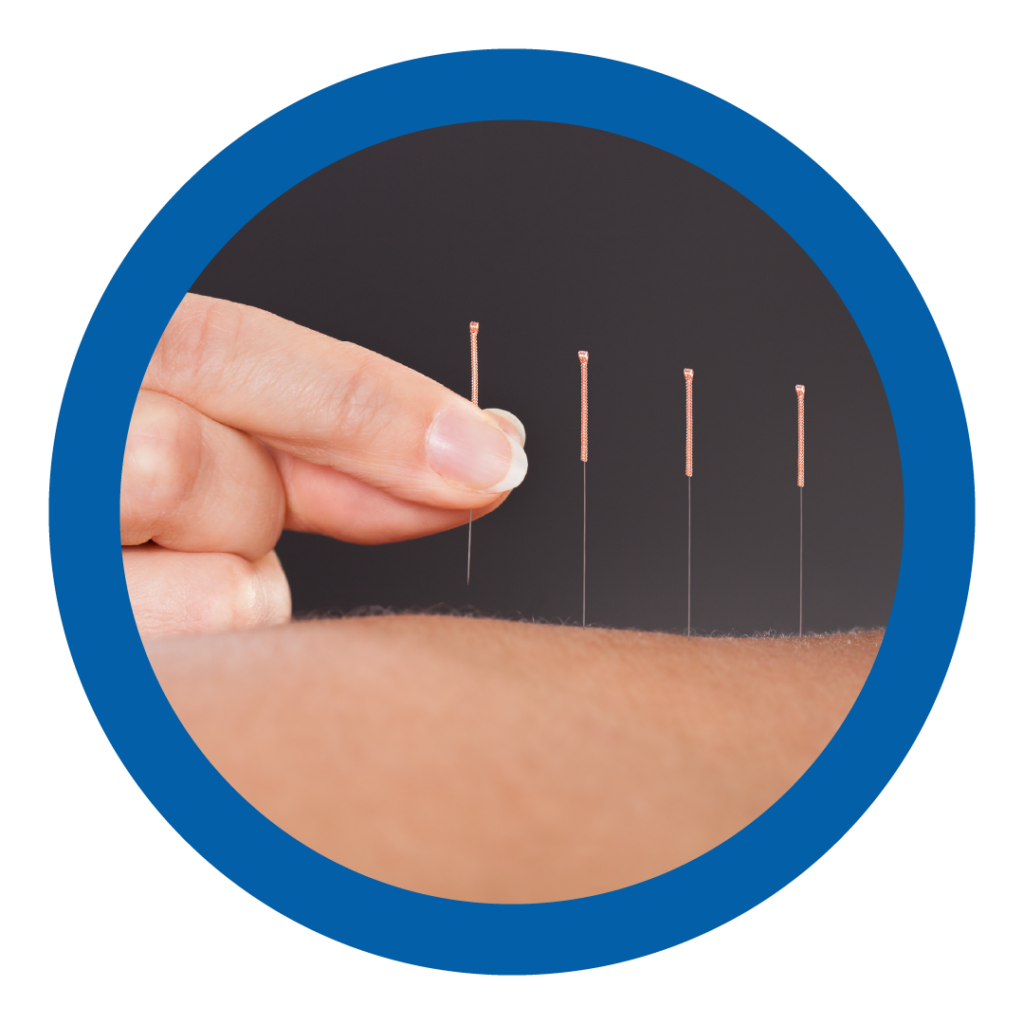
Typically, it takes several visits for a positive reaction to take place. Again, we are trying to cause mechanical and biochemical changes without any pharmacological means. Therefore, we are looking for a cumulative response to achieve a certain threshold after which the pain cycle is disturbed.
Are the needles sterile?
Yes, we only use sterile disposable needles.
Why is my doctor not familiar with Dry Needling?
In Australia, dry needling is a relatively new method for treating soft tissue pain and not everyone is already aware of this effective modality. It is most prevalent amongst Physiotherapists and Sports Medicine Physicians. Feel free to inform your GP about this treatment option. It is upon all of us to educate others about new and innovative ways to treat pain.
Where does Dry Needling fit in the entire rehabilitation program?
Dry needling is the modality of choice when it comes to treating acute injuries, muscle spasms or muscle pattern imbalances. It is very common to initiate dry needling at the beginning of your treatment program in order to break the pain cycle. Once that is achieved, other treatment options are introduced.
Once I am feeling better, how often do I need to come back to maintain my progress?
Most of the time once the dysfunction or imbalance has been corrected the body will often maintain the appropriate balance. However, the musculoskeletal system is under constant stress from the demands of varying postures, gravity, psychological and emotional states etc. A regular exercise program combined with good posture can prevent many problems. If the pain comes back, occasional sessions are recommended to treat and prevent serious injuries.
I am not comfortable with needles. Do I have to have Dry Needling?
No. Before any procedure you are always informed and your consent is mandatory.

